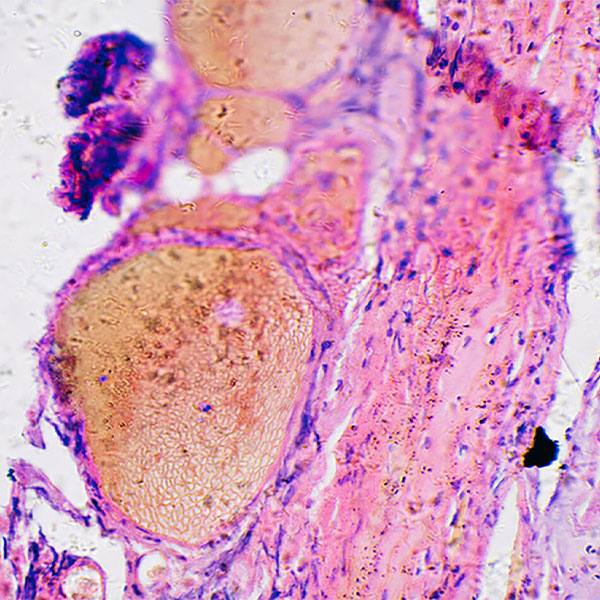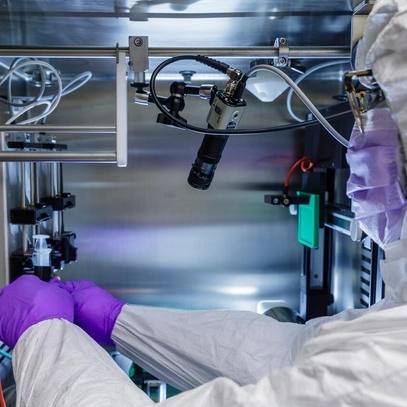-
Research
Researchers link environmental exposures to liver disease
Mayo Clinic researchers have identified a diverse range of environmental chemicals in human bile in patients with primary sclerosing cholangitis, a rare, chronic liver disease of the bile ducts. The study, published in Exposome, represents a new frontier of research at Mayo Clinic's Center for Individualized Medicine that explores the exposome, the measure of environmental contributors to disease and health.
Most people with primary sclerosing cholangitis also have some type of inflammatory bowel disease, such as ulcerative colitis or Crohn's disease, often leading to end-stage liver disease and cancer. Liver transplantation is the only evidence-based treatment for this advanced disease and no drug therapy exists to improve survival without a transplant.
"We know patients with this complex bile duct disorder have an altered metabolome (the complete set of small-molecule chemicals found within a biological sample), which environmental chemicals may influence," says Mayo Clinic researcher Konstantinos N. Lazaridis, M.D., the Carlson and Nelson Endowed Executive Director for Mayo Clinic's Center for Individualized Medicine. "Now we have a comprehensive exposome characterization of bile, which is critical, as bile directly comes into contact with diseased bile ducts."
Dr. Lazaridis notes that this could contribute to higher absorption of environmental chemicals for patients with primary sclerosing cholangitis who also have inflammatory bowel disease.
This liver disease likely develops from genetic and environmental factors. Understanding the contribution of environmental exposures to this disease could lead to discoveries about its causes and risk factors.
For the study, researchers investigated bile samples from patients with the disease using high-resolution mass spectrometry and found various environmental chemicals. This new technology allowed researchers to measure and analyze external chemical exposures and their biological responses, with enough coverage to study the relationships between potential disease drivers and their effects.
The researchers assessed these similarities and differences in the bile of patients in the U.S. versus Norway.
- They detected 83 environmental chemicals in patients in the U.S. and Norway at statistically similar concentrations.
- U.S. patients showed higher environmental chemical bile content and increased links between chemicals and metabolic pathways within their bile than in Norway.
- Researchers identified polychlorinated biphenyl (PCB)-118 and PCB-101 chemicals of interest for additional study, given those chemicals' broad connections with metabolic pathways in the U.S. and Norwegian patients. These are highly stable organic chemicals that were widely used in plasticizers, paints and electrical equipment until they were banned by the Stockholm Convention on persistent organic pollutants.
- Glycan degradation pathways were associated with one or multiple environmental chemicals in both samples of patients. Glycans are crucial in gut regulation and may be linked to the disease's cause.
"The findings of the derived chemical-metabolomic links in the bile serve as a starting point," says Dr. Lazaridis. "They are essential in understanding the biochemical changes that happen with environmental chemical exposure, as they may reflect the cause and progression of primary sclerosing cholangitis and may lead to new medical therapies."
Related Articles










